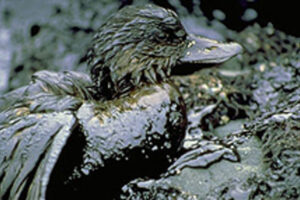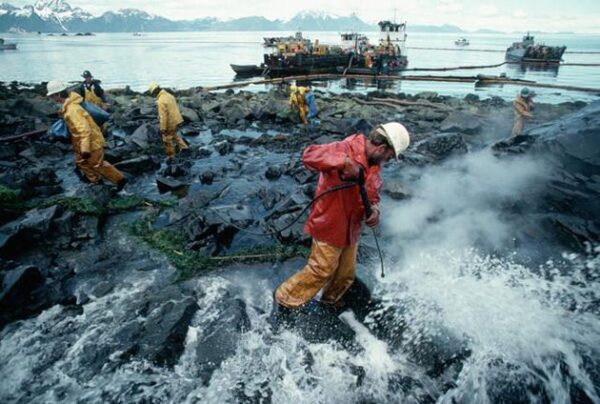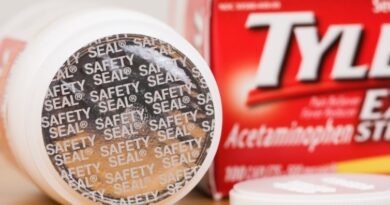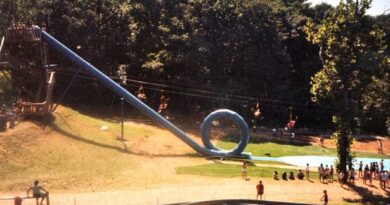How Much Money Did it Cost to Clean Up the Exxon Valdez Oil Spill?
When the Exxon Valdez oil spill occurred on March 24, 1989, it was one of the largest U.S. economic and environmental disasters, similar to the BP Gulf Coast explosion in 2010. Shortly after midnight, the Valdez struck Bligh Reef in Prince William Sound, Alaska, spilling over 11 million gallons of crude oil. There were a number of factors that also made the cleanup process particularly challenging, such as its size and remote location, only accessible by boat and helicopter.
About 1,300 miles of the Alaskan shoreline were contaminated, two hundred miles more heavily or moderately affected and another 1,100 were lightly or very lightly affected.
How much did the Exxon Valdez oil spill cost to clean up?
According to History, it cost about $3.8 billion to clean up the Exxon Valdez oil spill, one of the most expensive cleanups in history. $2 billion in cleanup costs and $1.8 billion for habitat restoration and personal damages from the spill.
What Happened During the Spill
On the evening of March 23, 1989, the Exxon Valdez left the port of Valdez on its way to Long Beach, CA with 53 million gallons of Prudhoe Bay crude oil. At precisely 12:04 on March 24th, the ship struck Bligh Reef at the Prince William Sound in Alaska.
Upon impact, the ship’s hull was torn open, spilling around 11 million gallons of crude oil into the water. After investigating, officials found the ship’s captain, Joseph Hazelwood, had been drinking at the time and allowed an unlicensed third mate to steer the ship.
In March 1990, Hazelwood was pressed with multiple felony charges as well as a single charge of misdemeanor negligence, fined $50,000 and ordered to perform 1,000 hours of community service.
Exxon’s Cleanup Efforts
The cleanup workers had skimmed oil from the water’s surface, washed oil beaches with hot water, rescued and cleaned animals covered in oil and sprayed oil dispersant chemicals in the water and on shore. While some areas were left untreated for inspection, they later found that high-pressure washing, hot water hoses was effective in removing oil, but killed even more plants and animals in the process.
Exxon Mobil’s Large Economic Footprint
Over $300 million in economic damage was caused to over 32,000 people who depended on commercial fishing to survive, according to Oceana. Tourism spending also decreased by 8 percent in south central Alaska as well as 35 percent in southwest Alaska in 1990.
One of the most lucrative sources of income for the Prince William Sound Fisherman have never fully recovered. In the early 1990’s, fishermen went bankrupt and each of the economies of small shoreline towns, including Cordova and Valdez, had also suffered.
Even in 2001, a study found oil contamination still present in over half of the 91 beaches in the Prince William Sound.
Wildlife Impact

The Exxon Valdez oil spill killed over 250,000 sea birds, 250 bald eagles, 2,800 sea otters, 300 harbor seals, almost 22 killer whales and billions of herring and salmon eggs, according to the Exxon Valdez Oil Spill Trustee Council. The spill had killed almost 40 percent of all sea otters in the Prince William Sound, and they didn’t recover until after 2014, twenty-five years later.
Remembering the Exxon Valdez’s Legacy
Despite the cleanup efforts of over 11,000 people, $2 billion and aggressive use of the most advanced technology at the time, only 8 percent of the oil was recovered, according to the Pacific Science Director for Oceana Dr. Jeffrey Short in a 2009 House Committee on Natural Resources hearing. While 8 percent seems low, it’s actually typical for such a large spill. Over 20 percent evaporated, 50 percent contaminated beaches and the rest floated away towards the North Pacific Ocean where it formed tarballs and sank to the seafloor or became stranded at sea.
According to a 2009 status report from the Exxon Valdez Oil Spill Trustee Council, the oil is still present in the environment today and it is as nearly toxic as when it was first spilled.
What Happened to the Exxon Valdez

First commissioned in 1986, the Exxon Valdez was repaired and returned to sea for service a year after the spill, but under a different name.
The ship was no longer allowed to transport oil in the U.S. waters due to the new regulation, but began running oil transport routes in Europe instead. There it was renamed Exxon Mediterranean, then the SeaRiver Mediterranean and finally the S/R Mediterranean.
In 2002, the former Exxon Valdez was moved to Asian waters after being banned by the European Union. Exxon told later sold the ship in 2008 to a Hong Kong-based shipping company, converting it to an ore carrier, renaming it the Dong Feng Ocean.
But in 2010, the unlucky ship collided with another bulk carrier in the Yellow Sea and sustained heavy damage yet again.
After the collision, it was renamed the Oriental Nicety, which was later sold to an Indian company and dismantled in 2012.
Oil Pollution Act of 1990
Due to the incident, the U.S. Congress passed the Oil Pollution Act of 1990, of which President George H.W. Bush signed into law that year. This enforced the increase of penalties for any company responsible for oil spills and required all oil tankers in the U.S. to have a double hull.
If the Exxon Valdez was a double-hull, there would have been less of a chance it would have spilled oil upon collision, preventing the disaster altogether.






